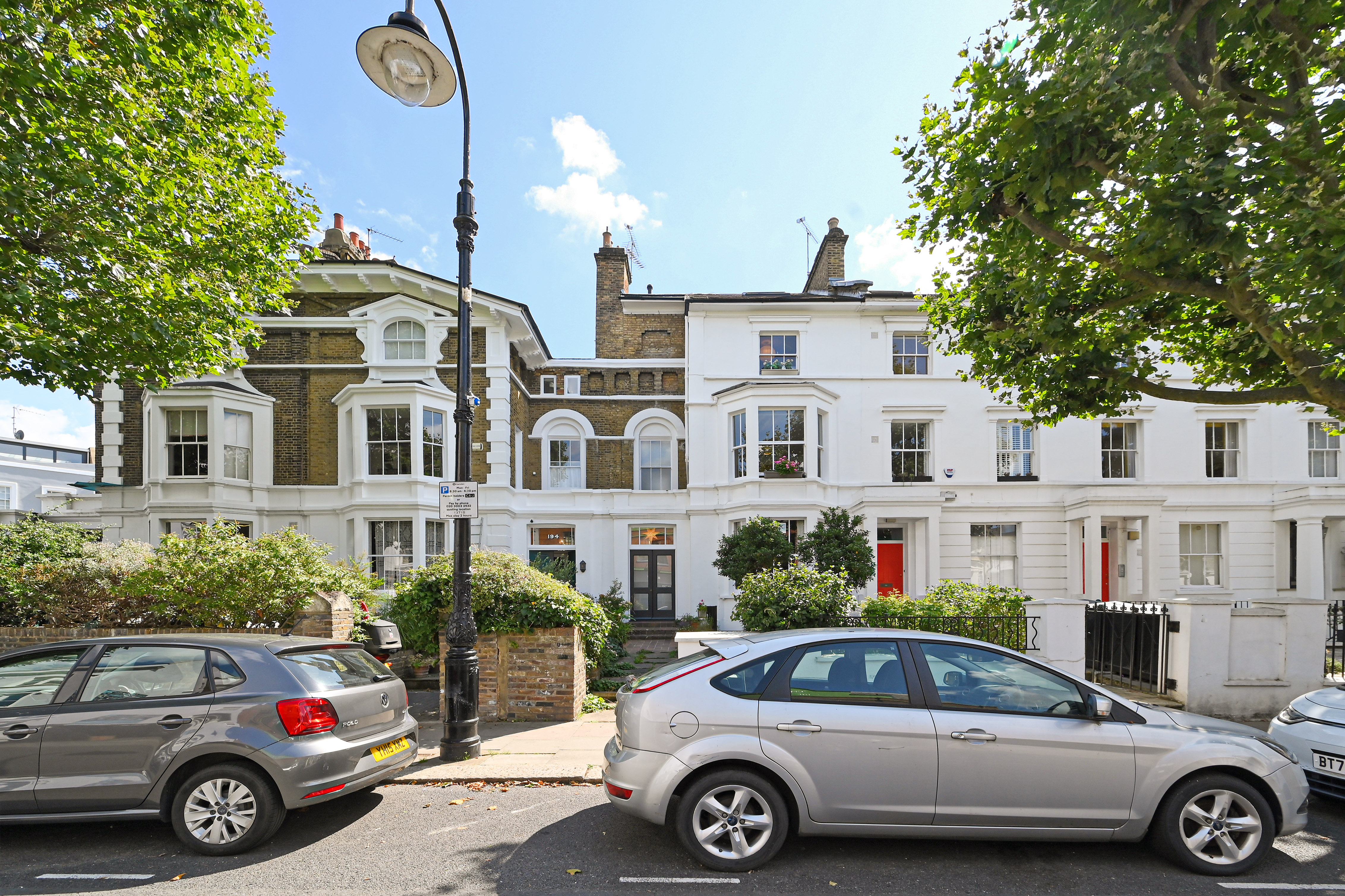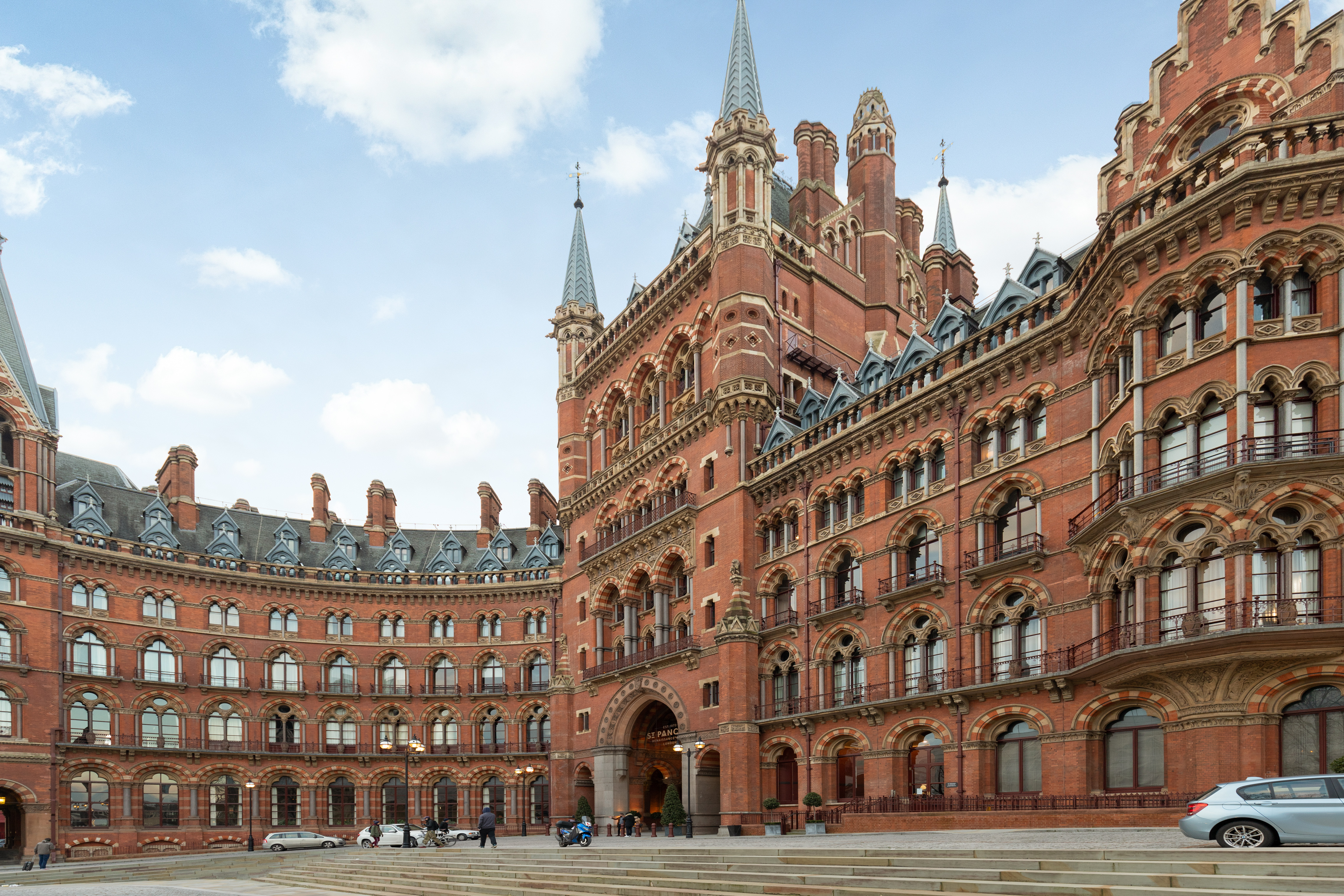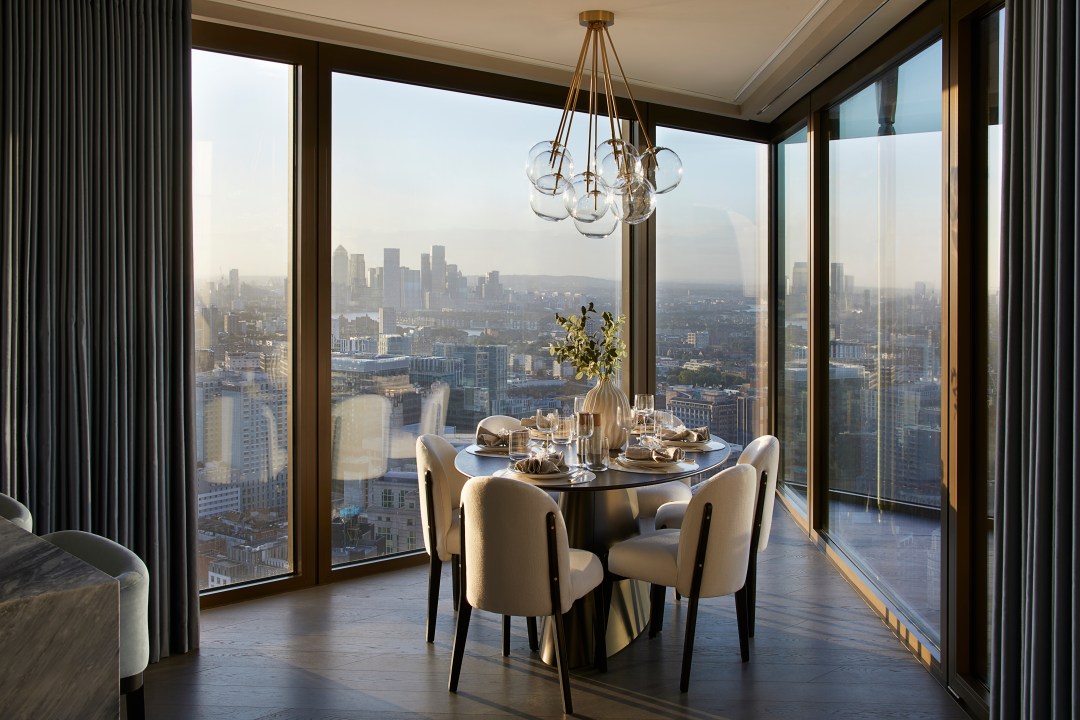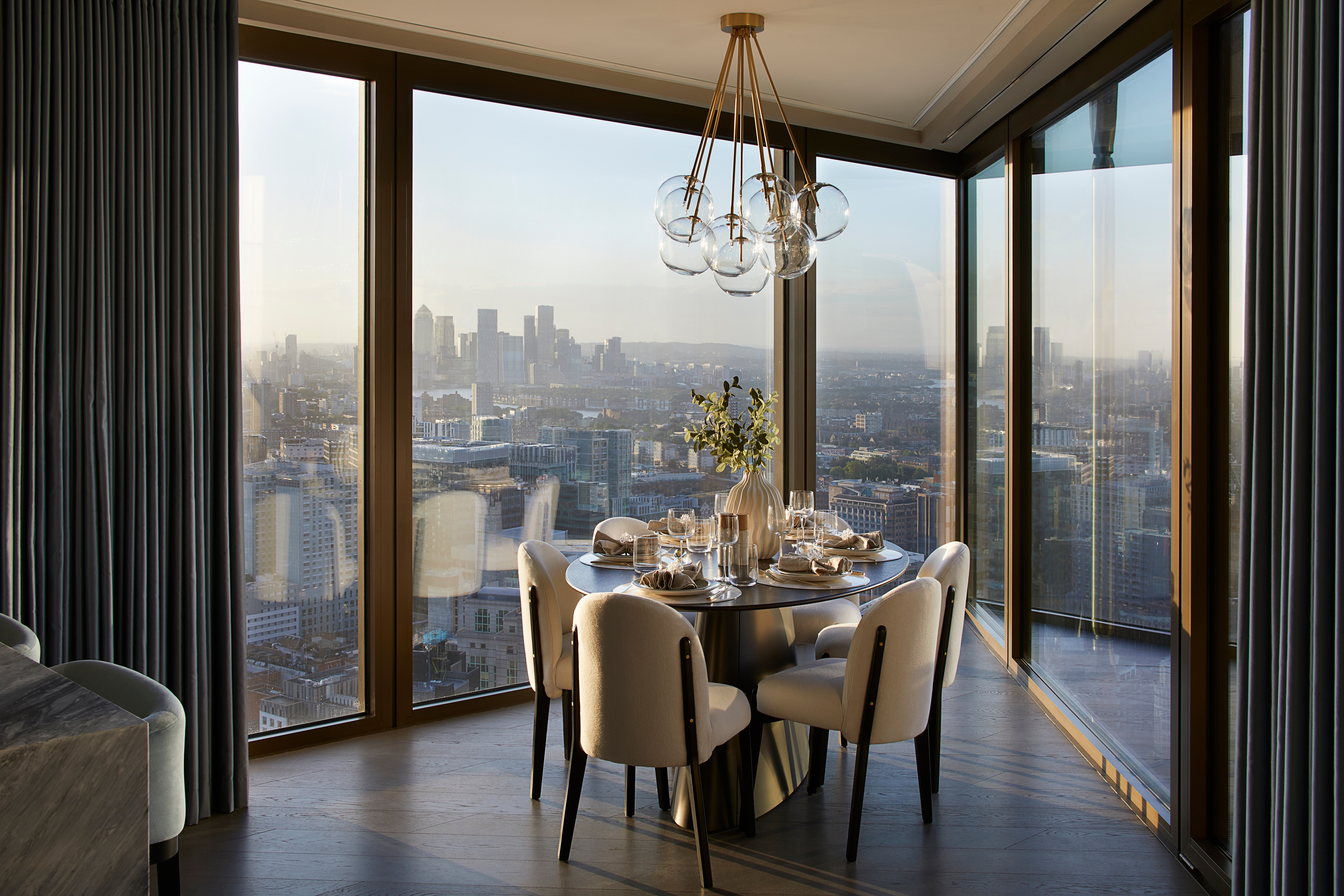There’s nothing new about having a London pied à terre. For many based in the country yet working in the city having a ‘flat in town’ is a matter of convenience, whilst for those seeking to enjoy theatre trips or other metropolitan pleasures, it’s rather a luxury.
Yet it’s been an increasingly expensive to acquire one since April 2016 when a stamp duty surcharge on second homes added an extra three per cent to each tax band, and when last year’s coronavirus lockdown made everyone flee to the country, flats in the capital were cast off rather than coveted.
But what a difference a year can make. With the daily commute having partly revived for many, an appetite for metropolitan life regained, demand has shifted back towards London. According to the estate agent Knight Frank, prospective buyers registering in the three months to November have increased most considerably – on the same period last year – in prime central London, led by Marylebone (86 per cent) Belgravia (85 per cent) and Mayfair (78 per cent).
According to Christian Lock-Necrews of the agent’s Marylebone office, ‘Most of our activity is still linked to domestic buyers who have sold their house in outer London, moved to the country and now want a central London base.’
Access to both transport links and the office is now key, with proximity to Euston, King’s Cross or Paddington ideal to get back to the family home in the Cotswolds or the North
So where are the hot spots for these ‘boomerang buyers’ keen not to waste their money on hotels? Traditional pied à terre hunting grounds have included portered mansion blocks in Westminster or Pimlico for proximity to Parliament; or elegantly proportioned flats in the elegant Georgian townhouses of Bloomsbury or Fitzrovia close to academia or art galleries.
For the estate agent Hamptons, the London areas with the highest ratio of second-home hunters in 2021 are Pimlico (24 per cent), Knightsbridge (21 per cent), Sloane Square (18 per cent) and Hyde Park/Bayswater (17 per cent) suggesting classic areas are still in vogue.
Yet access to both transport links and the office is now key, with proximity to Euston, King’s Cross or Paddington ideal to get back to the family home in the Cotswolds or the North. According to Elias Raymond of Savills a third of their buyers in Primrose Hill are looking for a pied à terre. ‘With budgets of £600,000-£700,000 they want a good “lock up and leave” – first and second floor modern or recently refurbished apartments are popular,’ he says. Outside space isn’t a necessity – people would rather have good-sized living room and double bedroom, as offered by a flat for sale at £695,000.
Soon the Elizabeth Line will whizz commuters from Paddington to the City within ten minutes, and the Paddington Basin has become increasingly popular with its improved roster of waterside bars and restaurants. ‘With the regeneration of Whiteleys shopping centre the W2 postcode offers good potential as a long-term investment, with properties trading at £1,000 per sq foot,’ says James Hyman, head of residential at Cluttons, who says most buyers spend £400,000 – £700,000 on a one/two-bedroom flat.
Nearby Marylebone has also become fashionable as well as practical – for both theatreland and the new Crossrail links – and now offers a choice of luxury new-build schemes ideal for part-time residents, such as 98 Baker Street for £850,000.

Rental rates for flats at the £400-1500 per week level have gone up by 10 per cent since the pandemic started, according to Mr Hyman, yet the sale prices of flats haven’t followed suit – yet. Prices achieved in November 2021 are 1.6 per cent below that of February 2020, according to LonRes, who track the prime London market.
Pied à terre buyers tend to have one eye on investment potential so will pay less than the £925,000 at which point second-home stamp duty notches up from 8 per cent to 13 per cent (above your £250,000 allowance). Inheritance planning is often a motivation – a Pied à terre is often purchased in a child’s name so it can be passed on, perhaps with tax savings. Although annual running costs need to be considered, serviced new-build schemes with concierge and security are also popular – including those at the King’s Cross redevelopment where buyers can hop off their train, drop off their bags and be at the office within half an hour.

Several owners of apartments at the development’s triplet of refurbished cast-iron Gasholders are pied à terre owners from the north of England, according to Robert Evans, CEO of King’s Cross. Apart from the connectivity – York to King’s Cross by train takes 2.5 hours – the restoration of the Victorian listed frames took place in Yorkshire. Prices start at £7.4m, although buyers prizing heritage buildings might also like a two-bedroom flat within the gothic splendour of St Pancras Chambers at £1.1m (handy for Eurostar trips to Paris too).
For a trophy pied à terre rather than purely functional crash pad, One Bishopsgate Plaza in the Square Mile offers owners of private apartments on floors 21 to 41 a la carte services from the Pan Pacific hotel below, as well as skyline views. High-net-worth buyers seeking discretion for their city sojourns are amongst purchasers there, according to Stanhope, the developer. Prices start from £1.3m.







Comments